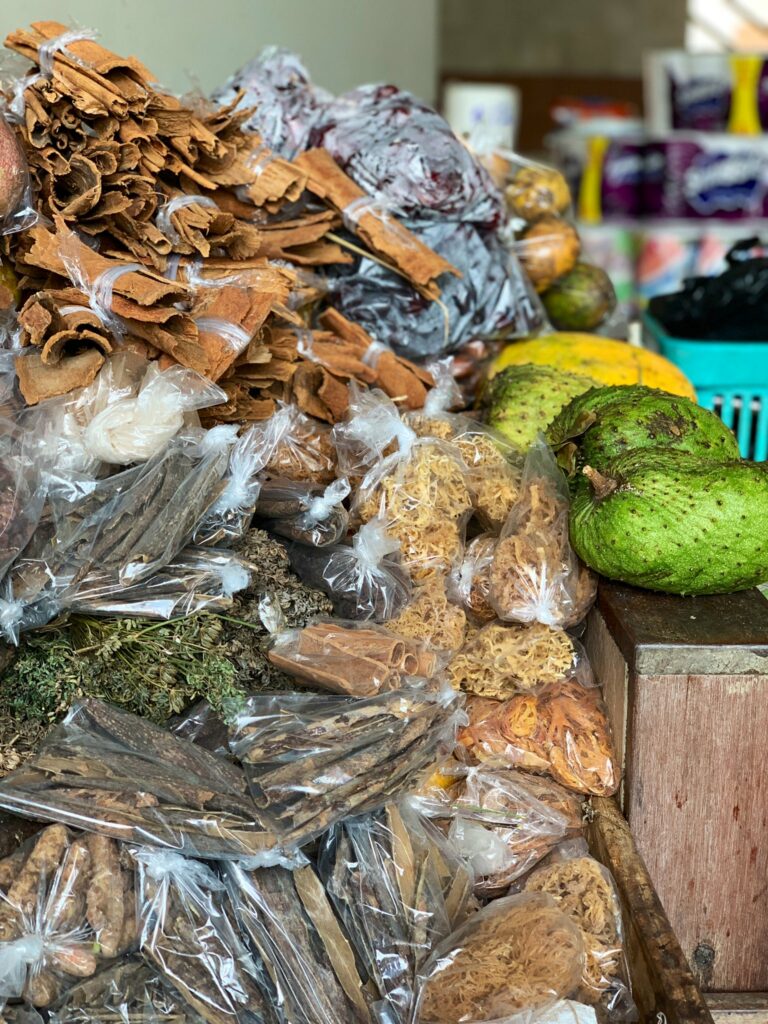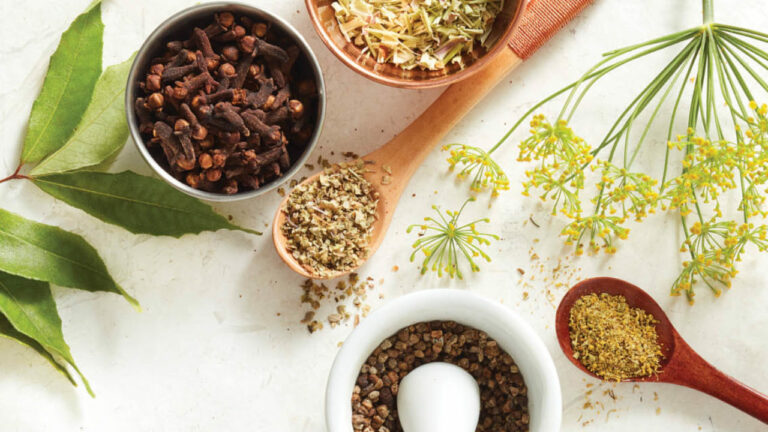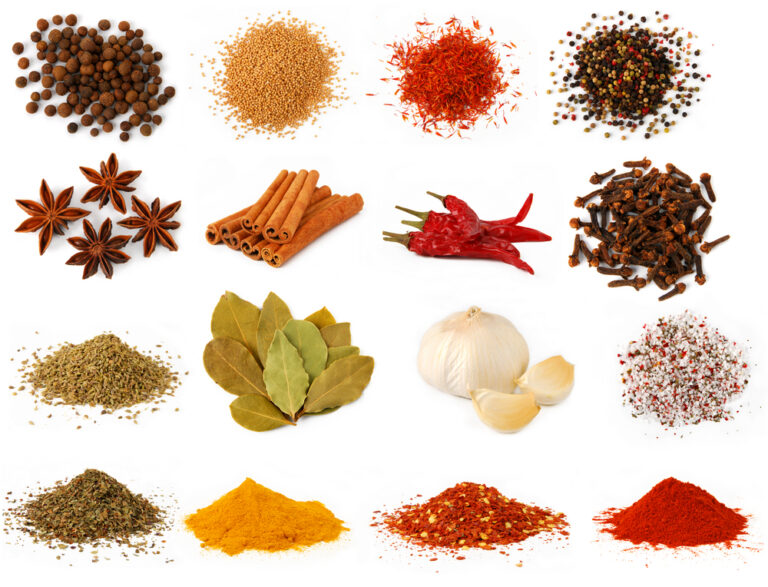Introduction: The Spice Island of the Caribbean
Saint Vincent and the Grenadines is a Caribbean island nation that is known for its rich cultural heritage. The cuisine of Saint Vincent and the Grenadines is heavily influenced by African, European, and Caribbean cultures, and includes a variety of spices and herbs that add depth and complexity to traditional dishes. The island nation is also known as the “Spice Island of the Caribbean” due to its wide range of spices, which are grown and harvested locally.
Nutmeg: The King of Spices
Nutmeg is one of the most important spices used in Saint Vincent and the Grenadines cuisine. It is known as the “king of spices” due to its versatility and strong flavor. Nutmeg is used in a variety of dishes, including soups, stews, and desserts. It is also used in spice blends such as “green seasoning,” which is a mixture of herbs and spices used as a marinade for meat and fish dishes.
In addition to its culinary uses, nutmeg has medicinal properties. It is known to have anti-inflammatory and antibacterial properties, and is used to treat a variety of ailments including digestive issues and respiratory problems.
Other Popular Spices in Saint Vincent and the Grenadines
In addition to nutmeg, Saint Vincent and the Grenadines uses a variety of other spices in its cuisine. One of the most popular is allspice, which is used in a variety of dishes including soups, stews, and curries. It has a warm, sweet flavor and is often used in combination with other spices such as nutmeg and cinnamon.
Other popular spices in Saint Vincent and the Grenadines include cinnamon, ginger, thyme, and bay leaves. These spices are used in a variety of dishes and add depth and complexity to the flavors of traditional cuisine.
Herbs Used in Saint Vincent and the Grenadines Cuisine
In addition to spices, Saint Vincent and the Grenadines uses a variety of herbs in its cuisine. One of the most popular herbs is cilantro, which is used in a variety of dishes including soups, stews, and curries. It has a strong, distinct flavor and is often used in combination with other herbs such as thyme and parsley.
Other popular herbs in Saint Vincent and the Grenadines include basil, oregano, and rosemary. These herbs are used in a variety of dishes and add depth and complexity to the flavors of traditional cuisine.
Spice Blends and Seasonings for Traditional Dishes
In addition to using individual spices and herbs, Saint Vincent and the Grenadines also uses a variety of spice blends and seasonings in its cuisine. One of the most popular blends is “green seasoning,” which is a mixture of herbs and spices used as a marinade for meat and fish dishes. Other popular blends include “curry powder,” which is used in a variety of curries, and “pumpkin spice,” which is used in desserts and other sweet dishes.
Conclusion: Exploring the Flavors of Saint Vincent and the Grenadines
Overall, the cuisine of Saint Vincent and the Grenadines is rich and flavorful, thanks in large part to the use of a variety of spices and herbs. From nutmeg, the king of spices, to cilantro, a popular herb, the flavors of traditional Saint Vincent and the Grenadines cuisine are both complex and delicious. Whether you are a foodie or simply appreciate good food, exploring the flavors of Saint Vincent and the Grenadines is sure to be a satisfying experience.







